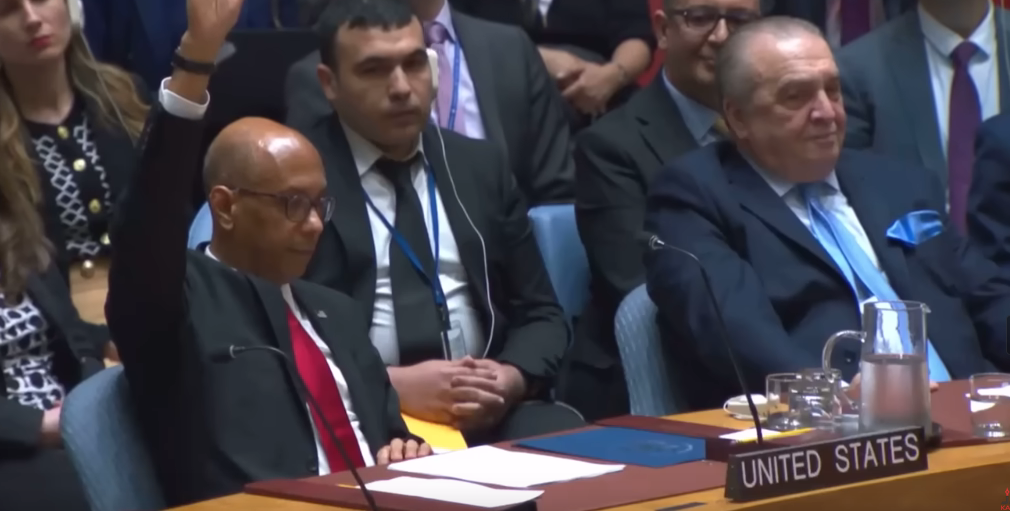Photos: YouTube
It won’t be long before winter descends on Europe. Before it does, most European countries must address the question of how long and how well they will be able to handle decoupling from Russian energy.
Because of the Ukraine war, oil and natural gas are the chief currencies, which means that energy politics is central to determining the war’s future. Oil and gas finance Putin’s war, constrain Europe’s response to it, and largely determine which side the rest of the world takes.
Jason Bordoff, director of Columbia University’s Center on Global Energy Policy, says: “One of the consequences of this conflict is a fundamental realignment of the global energy system, trading relationships and geopolitical alignments, with China and India more closely aligned with Russia.”
Those two countries are buying about half of Russia’s oil exports, at a whopping 30-percent discount. It’s a great deal for both, enabling Beijing and New Delhi to diversify their sourcing away from the Middle East and bolster their economies with cheap fuel.
At first glance, Russia’s reliance on energy exports, which account for about 40 percent of the country’s revenues, remains firm. Besides China and India, Russia has customers in Africa and other parts of Asia.
Globally, gas and oil imports from Russia have only declined by 15 percent in recent months. That is consistent with the overall international political response to the Russian invasion, in which most countries outside the European Union (EU) and North America have remained on the sidelines, unwilling to criticize Russia openly, usually out of concern about their energy supplies.
Still, some experts believe these alternative customers are not enough to make up for Russia’s European market. In fact, they say, lack of overseas markets is only one facet of the Russian economy that is “imploding.”
A major dilemma for all countries that are sanctioning Russia is that, thanks to rising energy prices, Russia’s income continues to go up even as its deliveries go down. Six of the top ten importers of Russia’s fossil fuels are EU members, and the combined value of all EU-member imports from Russia is roughly $100 billion so far.
For the first 100 days of the Russian invasion of Ukraine, the EU accounted for 61 percent of Russia’s fossil fuel export revenue. That dependence is slowly changing as a number of countries are disconnecting from reliance on Russian fossil fuel exports. The Scandinavian countries and the Baltic states are moving swiftly to disconnect, while Germany, Italy, and Netherlands are moving very slowly as they try to increase their reserves.
The EU’s Struggle to End Dependence
EU sanctions on Russian oil will be complete at the end of the year. Natural gas from Russia’s Gazprom, which used to provide about 40 percent of the EU’s total gas consumption, looks about to stop, after weeks of being turned on and off as Putin looked for leverage on the EU. Six countries now have had their gas cut off by Gazprom. “Putin is playing with our dependency,” one European legislator said, especially against Germany. “Putin’s energy blackmail,” the head of the European Commission puts it.
Putin thinks he’s in the driver’s seat, but so far the pressure on the EU isn’t working. How so?
First, the G7 group’s finance ministers, meeting in late July in Germany, confronted the dilemma of banning Russian oil imports by agreeing to put a cap on oil prices with the cooperation of the banks, insurers, and other companies that enable Russian oil to get to market. If this so-called buyer’s cartel works, Russia’s oil revenue will decline but still be enough to ensure that Russia continues to ship oil to Europe. (There’s some doubt about that, however.)
Then, the EU came up with a common plan on natural gas consumption—this, despite the great differences among them, ranging from Germany, which far and away is the heaviest gas consumer, to Spain and Portugal, which are among the least, and Hungary, which refuses to accept limits. The EU agreement cuts natural gas use by 15 percent until next spring.
Meantime, it is finding new natural gas sources, such as Nigeria, Algeria, Norway, and Azerbaijan. The combination of reduced consumption and new sources led an EU official in early August to claim the EU had reduced its dependence on Russian gas from 40 to 20 percent. But the political challenge remains: Will the EU’s unity remain firm as their economies contract and the spirit of sacrifice for Ukraine wanes?
Moving Away from the High-consumption Model
The other challenge for the EU’s energy situation concerns climate change policy. Europe has been a leader on carbon reduction—nearly 30 percent since 1990. But it has to do more, and the heat wave and wildfires now raging in Europe should be persuasive.
Germany, which historically has contributed the most among European countries to global warming—though far less than the US and China, it should be noted—has a key role in stopping and reversing global warming. Lecturing to developing countries about moving away from fossil fuels won’t cut it these days, since the EU is not setting a great example.
Their fossil fuel consumption has to be dramatically reduced and economic “development” needs to be redefined to suit a new era of environmental responsibility.
How sad that it takes a war to realize that.
Mel Gurtov, syndicated by PeaceVoice, is Professor Emeritus of Political Science at Portland State University and blogs at In the Human Interest.












